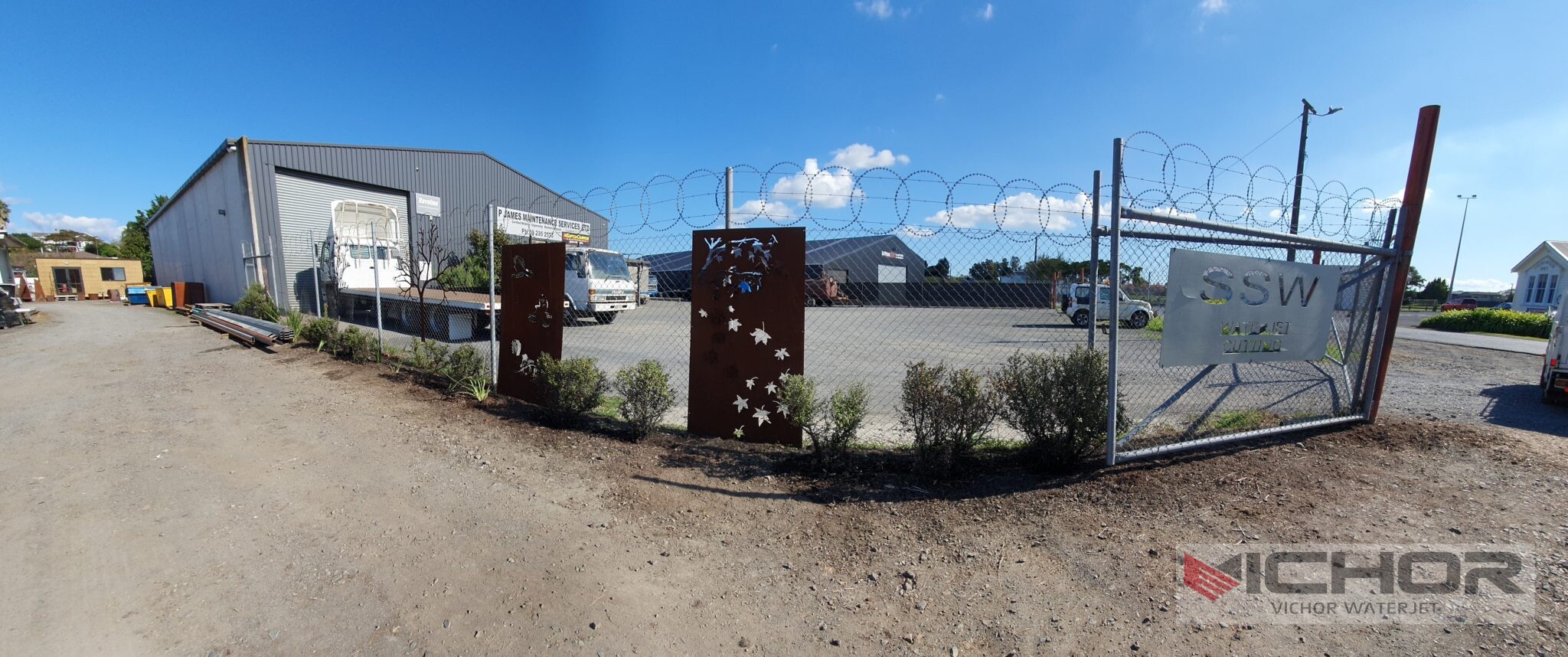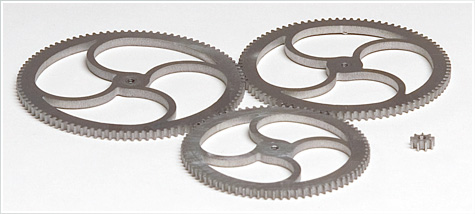
Water Machine That Cuts Metal: Revolutionizing Precision in Modern Manufacturing
Imagine a tool so powerful that it can slice through solid metal using nothing but water. It might sound like something out of a sci-fi movie, but this technology is real and transforming industries worldwide. The water machine that cuts metal is an innovative piece of equipment that leverages high-pressure water jets to achieve precise, clean cuts in various metals. This method, known as water jet cutting, offers a unique blend of efficiency, versatility, and environmental benefits that traditional cutting methods struggle to match. In this article, we will delve into the intricacies of the water machine that cuts metal, exploring how it works, its advantages, applications, types, maintenance, and cost-effectiveness. Whether you’re in manufacturing, construction, or simply curious about advanced technologies, understanding this machine can provide valuable insights into the future of metal fabrication. By the end, you’ll see why the water machine that cuts metal is becoming a go-to solution for businesses seeking precision and sustainability.
How a Water Machine That Cuts Metal Works
The core operation of a water machine that cuts metal revolves around the principle of using ultra-high-pressure water to erode and slice through materials. Typically, this process involves pressurizing water to levels exceeding 60,000 psi (pounds per square inch) and directing it through a small nozzle at speeds faster than sound. In pure water jet cutting, the water alone is sufficient for softer materials, but when it comes to metals, an abrasive substance—such as garnet—is often added to the stream to enhance cutting power. This abrasive water jet system allows the water machine that cuts metal to handle tough materials like steel, aluminum, and titanium with ease. The entire setup includes a high-pressure pump, an abrasive delivery system, a cutting head, and a CNC (Computer Numerical Control) mechanism for precision. The CNC system guides the nozzle along predefined paths, ensuring accurate cuts based on digital designs. This technology minimizes heat-affected zones, which is a common issue with laser or plasma cutting, thereby preserving the metal’s structural integrity. Overall, the water machine that cuts metal combines fluid dynamics and mechanical engineering to deliver a cold-cutting process that reduces waste and enhances safety.
Advantages of Using a Water Machine for Metal Cutting
One of the standout benefits of a water machine that cuts metal is its ability to produce precise cuts without generating heat. This cold-cutting process prevents thermal distortion, hardening, or micro-cracking in metals, which is crucial for applications requiring high tolerances, such as aerospace or automotive components. Additionally, the water machine that cuts metal is highly versatile; it can handle a wide range of materials beyond metal, including composites, glass, and stone, making it a cost-effective multi-purpose tool. Environmental friendliness is another key advantage, as the process primarily uses water and natural abrasives, reducing hazardous waste compared to methods involving chemicals or oils. The water machine that cuts metal also excels in producing smooth edges with minimal burrs, reducing the need for secondary finishing operations. This not only saves time but also lowers labor costs. Moreover, the technology is safe to operate in various environments since it doesn’t produce harmful fumes or sparks, aligning with workplace safety standards. By investing in a water machine that cuts metal, businesses can achieve higher productivity, better material utilization, and a smaller environmental footprint.
Applications of the Water Machine That Cuts Metal Across Industries
The versatility of the water machine that cuts metal makes it indispensable in numerous sectors. In the automotive industry, it is used for cutting intricate parts like engine components, body panels, and custom fittings, where precision and material integrity are paramount. The aerospace sector relies on this technology for manufacturing lightweight yet strong parts from metals such as titanium and aluminum, ensuring compliance with strict safety regulations. In construction, the water machine that cuts metal aids in creating structural elements, pipelines, and decorative metalwork with high accuracy. The art and design field also benefits from this machine, as artists use it to craft detailed metal sculptures and installations that would be difficult with other tools. Furthermore, the medical industry employs water jet cutting for producing surgical instruments and implants, where cleanliness and precision are critical. The water machine that cuts metal is even used in shipbuilding and heavy machinery for cutting thick metal plates efficiently. Its adaptability to different shapes and sizes—from delicate patterns to large-scale components—demonstrates why it’s a preferred choice in diverse applications, driving innovation and efficiency.
Types of Water Cutting Machines and Their Features
When considering a water machine that cuts metal, it’s important to understand the different types available. The two primary categories are pure water jet cutters and abrasive water jet cutters. Pure water jet systems use only high-pressure water and are ideal for softer materials, but they can be adapted for thin metals with modifications. In contrast, abrasive water jet cutters—the most common type for metal cutting—mix water with abrasives to handle harder materials like steel and alloys. These machines can be further classified based on their configuration, such as gantry-style systems for large-scale industrial use or portable units for on-site jobs. Another variation is the 3D water jet cutter, which allows for cutting complex three-dimensional shapes, expanding the capabilities of the water machine that cuts metal. Key features to look for include pump pressure (typically ranging from 30,000 to 90,000 psi), nozzle design, and control systems. Advanced models often incorporate automation and IoT (Internet of Things) capabilities for real-time monitoring and adjustments. By selecting the right type of water machine that cuts metal, users can optimize performance for specific tasks, whether it’s high-volume production or custom one-off projects.
Maintenance and Safety Guidelines for Water Machines That Cut Metal
Proper maintenance is essential to ensure the longevity and efficiency of a water machine that cuts metal. Regular checks should include inspecting the high-pressure pump for leaks, replacing worn nozzles and seals, and cleaning the abrasive delivery system to prevent clogs. It’s also crucial to monitor water quality, as impurities can damage components and affect cut quality. Using filtered or deionized water is recommended to extend the machine’s life. Safety is another critical aspect; operators must wear protective gear, such as gloves and goggles, to shield against high-pressure streams and flying debris. The work area should be well-ventilated and equipped with emergency stop buttons. Training on safe operation procedures, including handling high-pressure hoses and avoiding water jet exposure, is vital to prevent accidents. Additionally, routine software updates for the CNC system can enhance precision and reduce errors. By adhering to these maintenance and safety practices, businesses can maximize the uptime of their water machine that cuts metal and ensure a safe working environment, ultimately protecting their investment and boosting productivity.
Cost-Effectiveness and Environmental Impact of Water-Based Metal Cutting
Investing in a water machine that cuts metal can yield significant cost savings over time, despite higher initial expenses compared to traditional methods. The reduced need for secondary processing—thanks to clean cuts—lowers labor and material costs. Moreover, the water machine that cuts metal minimizes waste by allowing nested cutting patterns, which optimize material usage and reduce scrap. Energy consumption is generally lower than thermal cutting methods, as the process doesn’t require high heat, leading to lower utility bills. From an environmental perspective, the water machine that cuts metal is a sustainable choice. It uses water, which is often recyclable within the system, and natural abrasives that are less harmful than chemical alternatives. The absence of toxic fumes or oil residues means a smaller ecological footprint and easier compliance with environmental regulations. Lifecycle assessments show that these machines have a longer operational life with proper care, further enhancing their return on investment. As industries shift toward greener practices, the water machine that cuts metal stands out as a solution that balances economic benefits with environmental responsibility, making it a smart choice for forward-thinking businesses.
Frequently Asked Questions
Q1: What is a water machine that cuts metal?
A1: A water machine that cuts metal is a high-pressure system that uses water jets, often mixed with abrasives, to precisely cut through various metals without generating heat, ensuring minimal damage to the material.
Q2: How accurate is a water machine that cuts metal?
A2: The water machine that cuts metal is highly accurate, capable of achieving tolerances as tight as ±0.1 mm, thanks to computer-controlled guidance systems that follow digital designs closely.
Q3: Can a water machine that cuts metal handle thick materials?
A3: Yes, a water machine that cuts metal can cut through thick metals, typically up to 200 mm or more, depending on the pressure and abrasive used, making it suitable for heavy-duty applications.
Q4: What safety measures are needed when operating a water machine that cuts metal?
A4: Operators should wear protective equipment, ensure proper training, maintain a clear work area, and perform regular machine checks to prevent accidents related to high-pressure water and abrasives.
Q5: Is a water machine that cuts metal environmentally friendly?
A5: Yes, it is environmentally friendly because it uses water and natural abrasives, produces no harmful emissions, and often incorporates water recycling systems to reduce waste and consumption.
continue reading
Related Posts
- 1696 words8.5 min read
- 1991 words10 min read




